Grown in Costa Rica’s rich natural environment, EM Coffee uses EM Technology to create a sustainable, circular farming system.
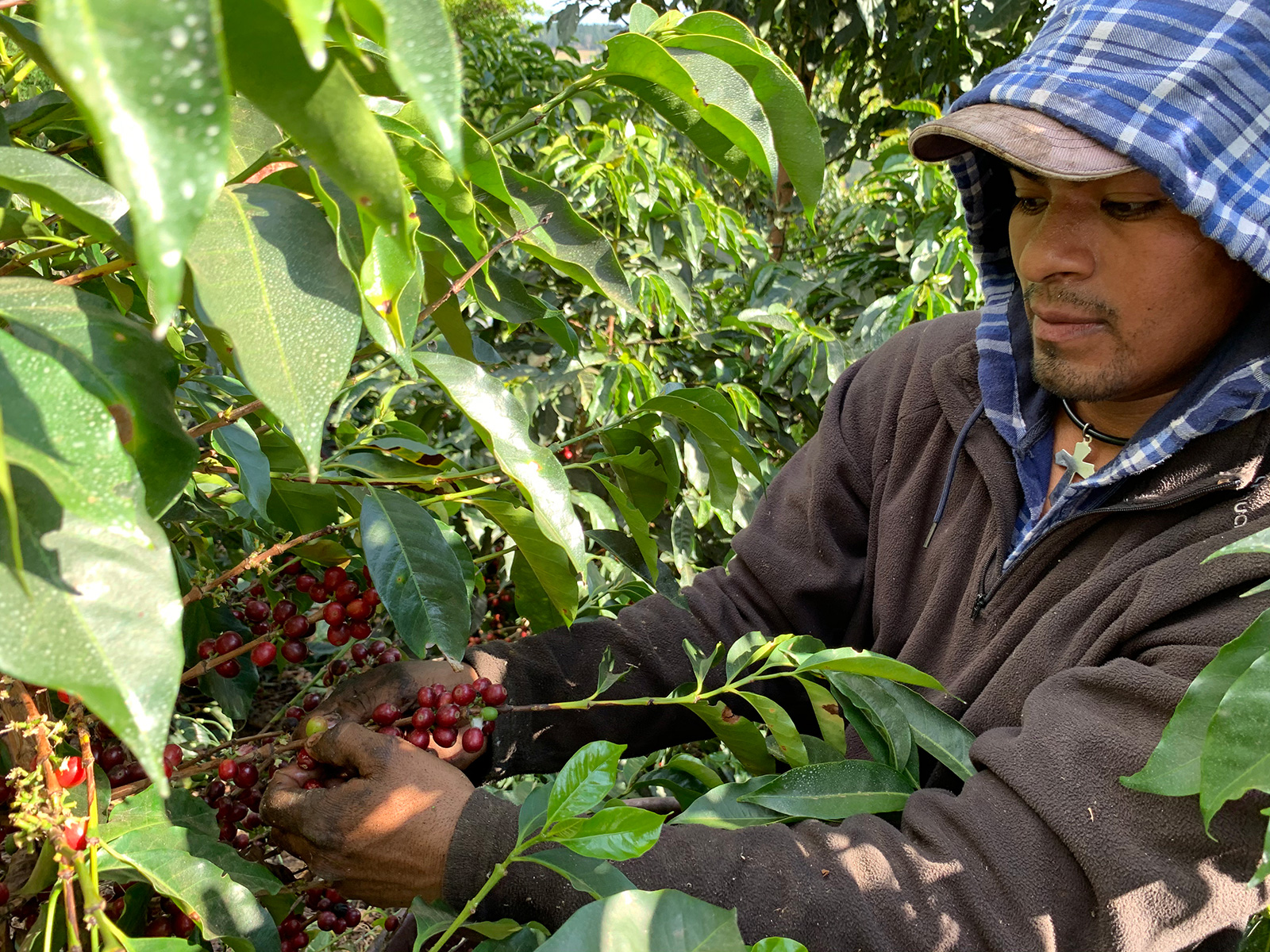
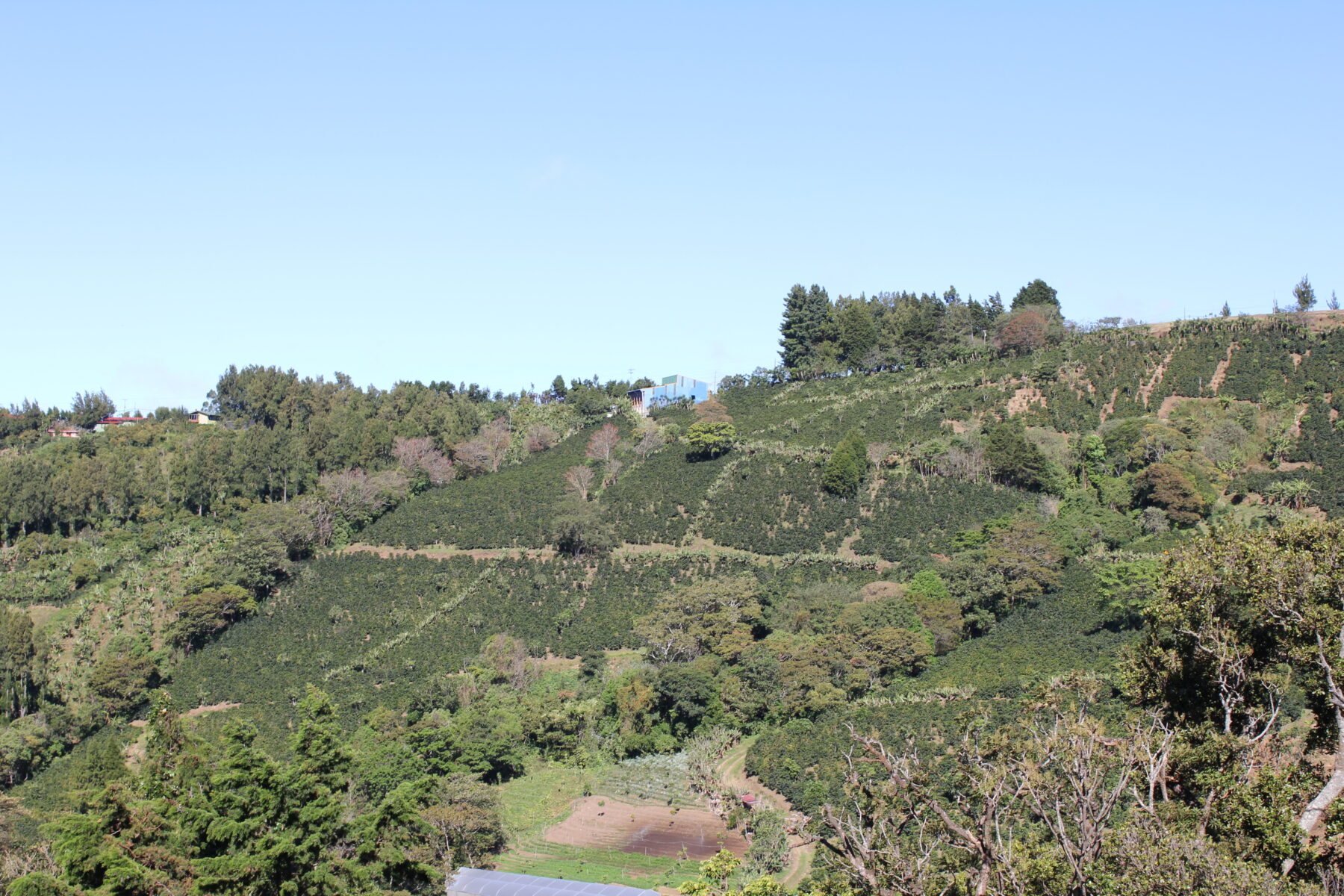
Santa Lucia Farm is located 20 km northwest of San José, the capital of Costa Rica, in the upland area of Llano Bonito de Naranjo at 1,700 meters above sea level. The farm spans 100 hectares in the West Valley, an area rich in natural biodiversity that contributes to the distinct aroma of its coffee beans.
Santa Lucia is a family-run farm. The owner, Mr. Ricardo Perez Barrantes, leads the cultivation efforts while constantly learning and adopting new processing techniques. His wife, Ms. Cristina, oversees roasting for domestic sales. Their eldest daughter, Ms. Lucia, manages product orders and coffee event planning, while their younger daughter, Ms. Mariana, handles logo and product design.
During the harvest season (late December to March), approximately 15 seasonal workers, called pickers. join the team, carefully hand-picking only fully ripe cherries as part of the farm’s commitment to quality.
Since 2000, Santa Lucia has practiced pesticide-free organic farming. This shift was driven by Ms. Ricardo’s personal health concerns and a strong desire to protect the well-being of his family, workers, and the environment.
Scale: 100ha
Location: Llano Bonito de Naranjo
Altitude: 1,700-1,800m
Production: Approx. 300 bags/year
Varieties: Catura, Catuai, Villalobos
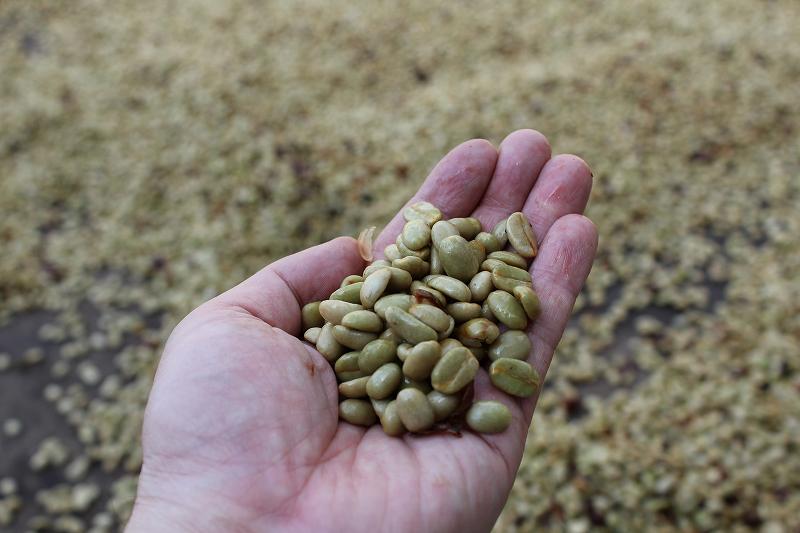
Santa Lucia Farm has integrated EM Technology into its coffee cultivation and processing systems as part of its commitment to sustainable agriculture, in alignment with the principles of our H&LOOP 1) project.
Soil Health and Composting:
EM is used to ferment agricultural residues such as leaves, stems, and fruit pulp to create nutrient-rich compost. This compost is then returned to the fields to enhance soil fertility and close the resource loop.
Irrigation and Foliar Sprays:
EM is applied through irrigation and as a foliar spray to improve plant health and naturally protect against pests and diseases.
Wastewater Treatment:
The water used in coffee processing contains high levels of organic matter. In compliance with Costa Rican environmental regulations, the farm treats this wastewater using EM before safe discharge.
Upcycling Coffee By-products:
Coffee pulp, a by-product of processing, is upcycled into cascara tea (coffee cherry tea), rich in polyphenols and low in caffeine, another example of the farm’s commitment to waste reduction and circular agriculture.
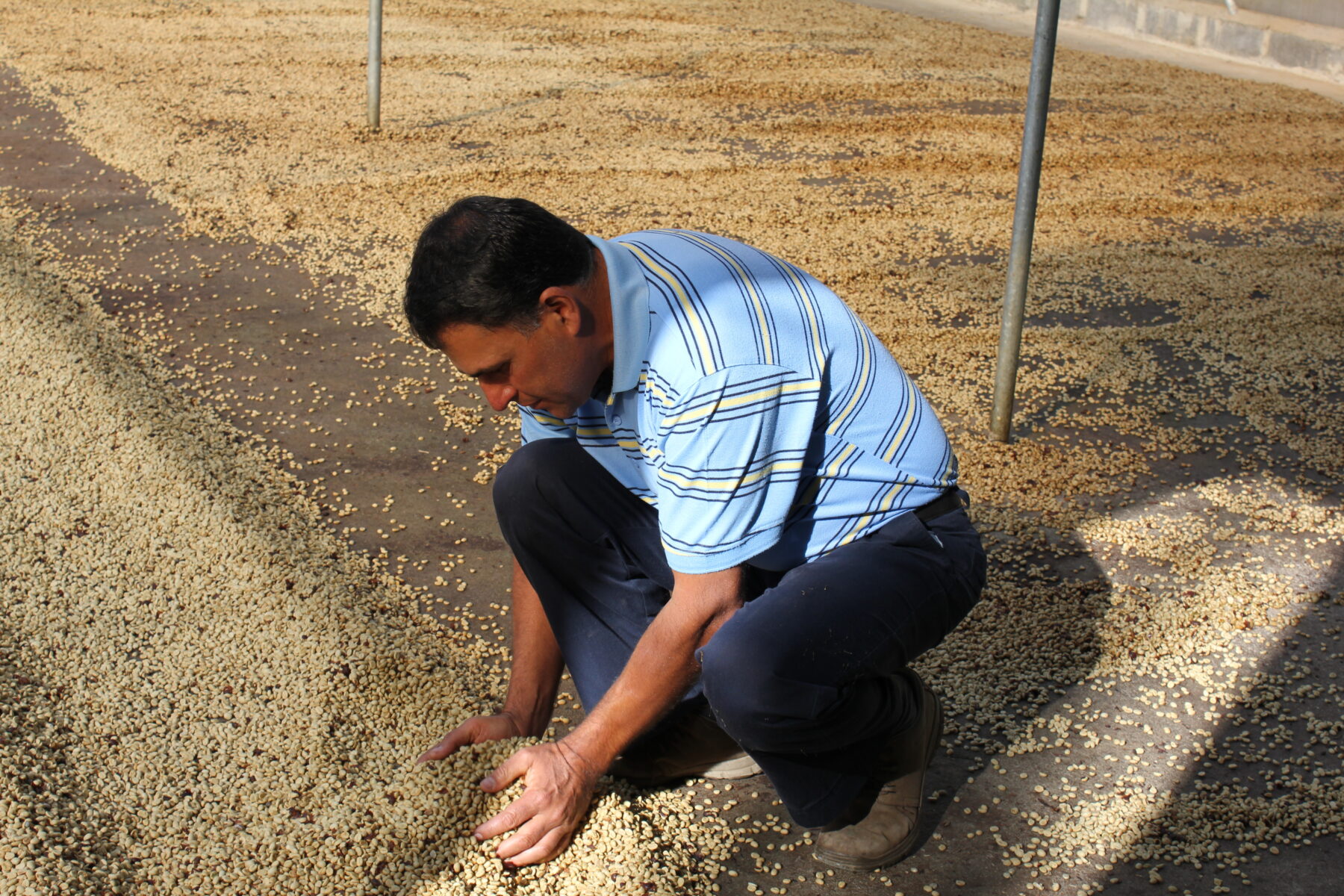
Sustainable Circular Farming:
Composting has enabled a closed-loop system where nutrients are recycled back into the soil, reducing dependence on external inputs.
Pest and Disease Management:
EM Technology applied in irrigation and foliar applications has significantly reduced pest issues, supporting pesticide-free cultivation.
Improved Bean Quality:
EM Technology contributes to higher sugar content and enhanced aroma in coffee beans, leading to improved flavor profiles.
Worker and Environmental Safety:
With no chemical fertilizers or pesticides used, workers can safely harvest, and environmental impact is minimized.
Clean Water Discharge:
EM based treatment ensures that wastewater from coffee washing meets environmental standards, protecting local ecosystems.
Recognition:
The consistently high quality of Santa Lucia’s coffee has earned it repeated recognition in the “Cup of Excellence,” organized by the Alliance for Coffee Excellence.
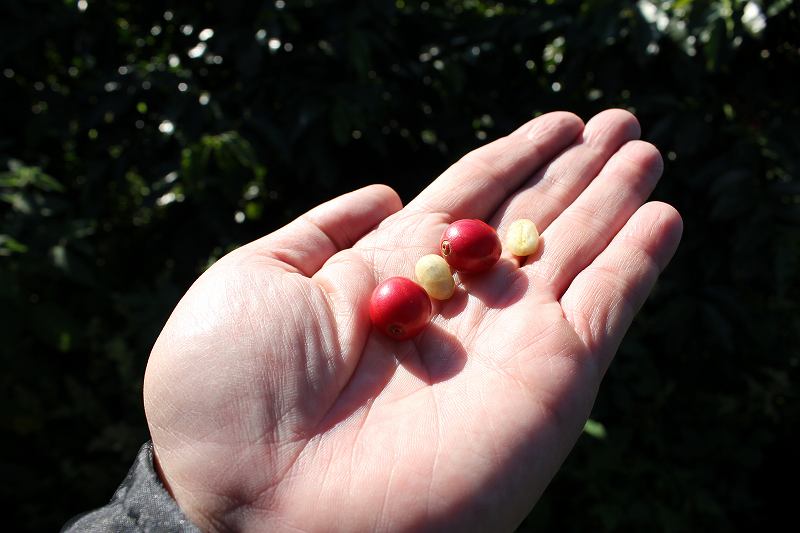
Mature coffee fruits
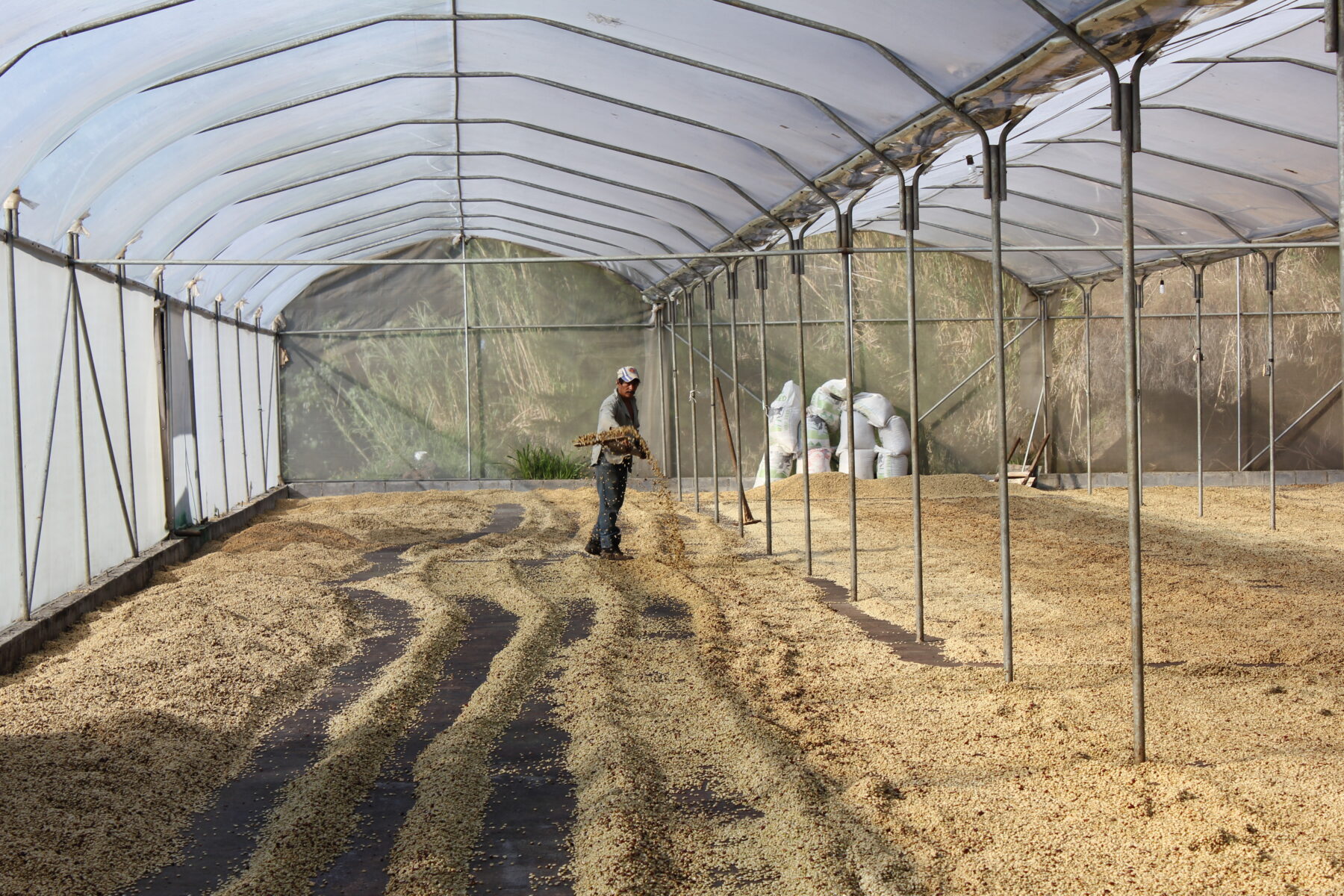
Natural drying of coffee beans
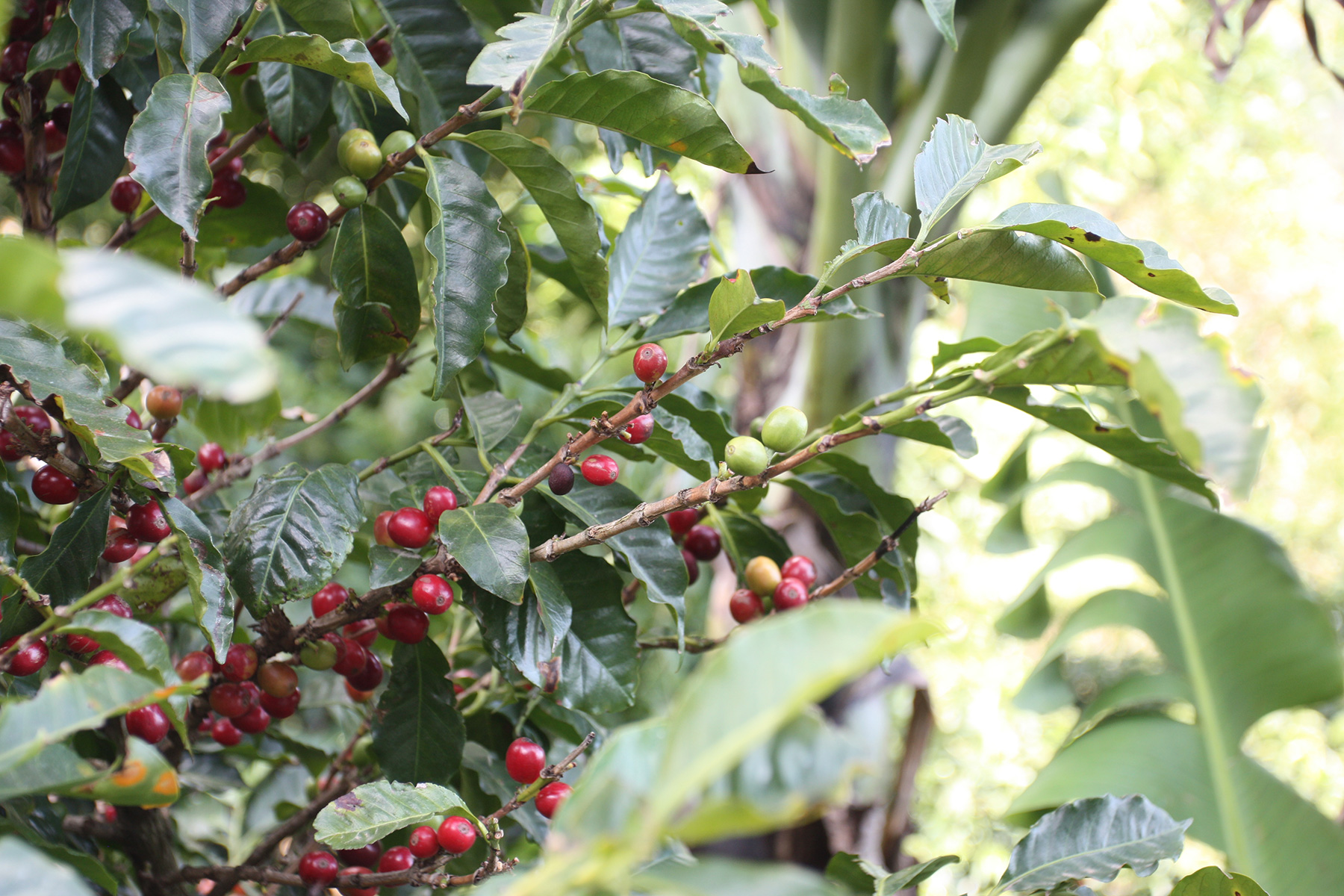
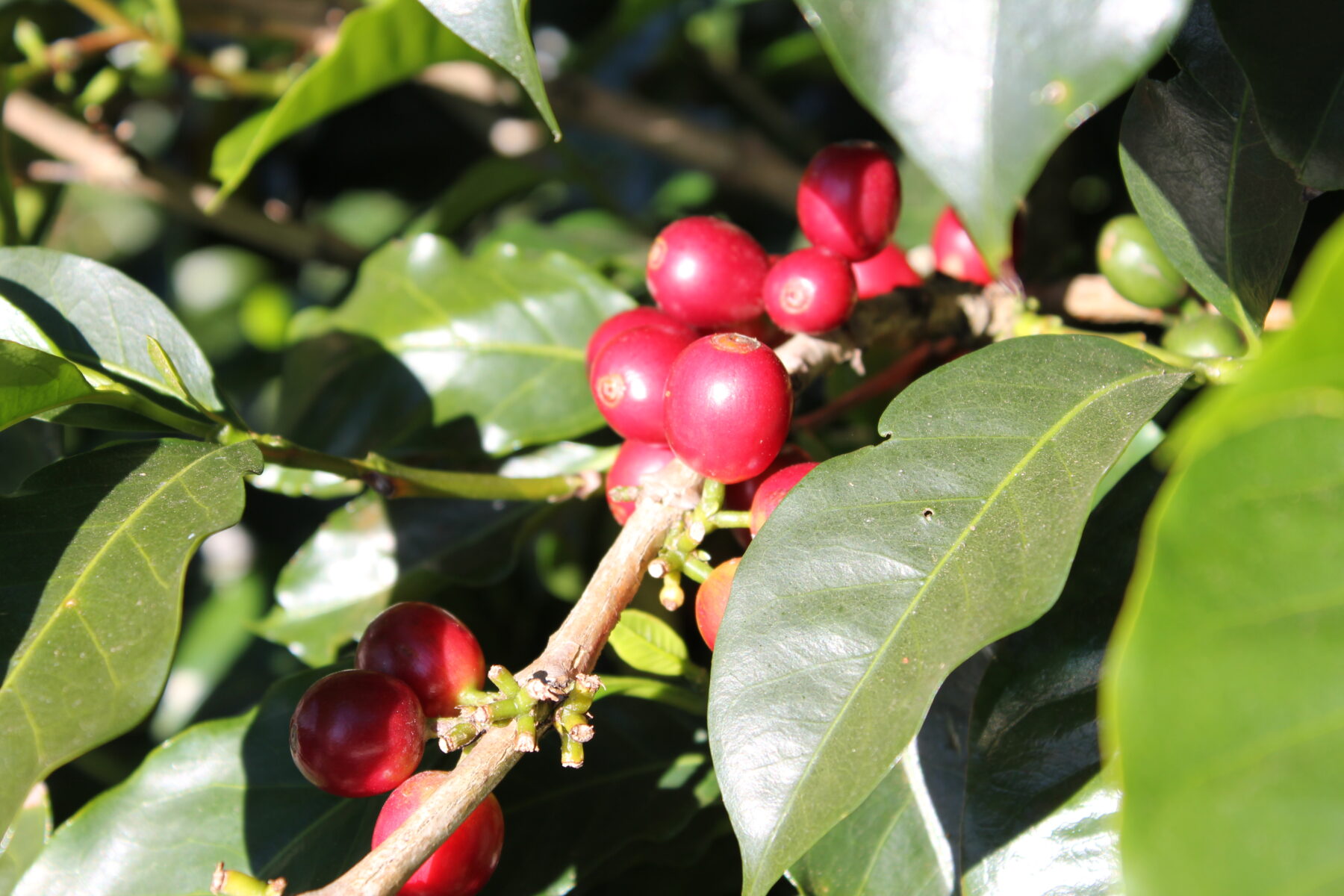
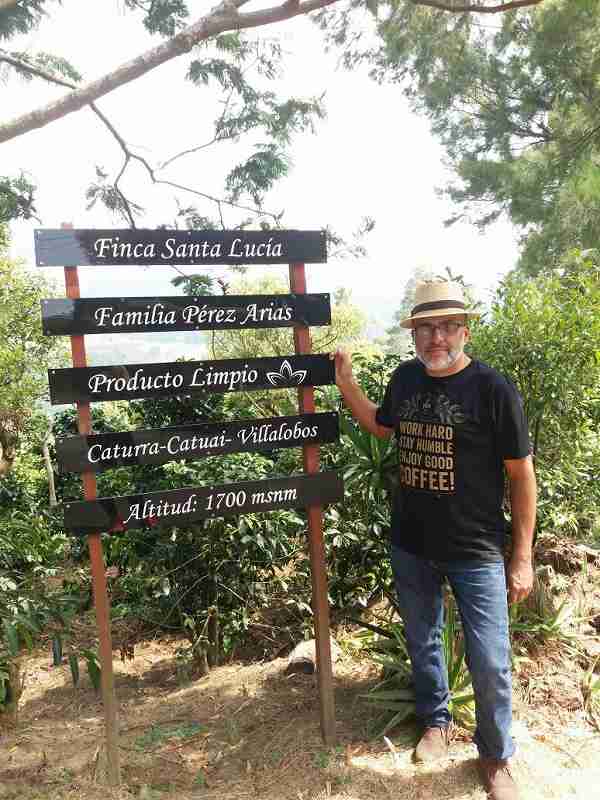
Mr. Ricardo Perez Barrantes, the owner

1) H&LOOP (Hand Loop) is our initiative to promote agriculture from the ground up, guided by the belief that “making both people and the planet a little richer” is possible.
Our goal is not only to promote sustainable farming, but also to inspire people to think about “the health of those who grow food, those who eat it, and the global environment.”
Guided by the principle that “what grows from the soil returns to the soil,” we practice upcycling that keeps resources in circulation.
Through this, we aim to build a society rooted in environmental conservation, regeneration, and sustainability.
2018.5.31 Updated